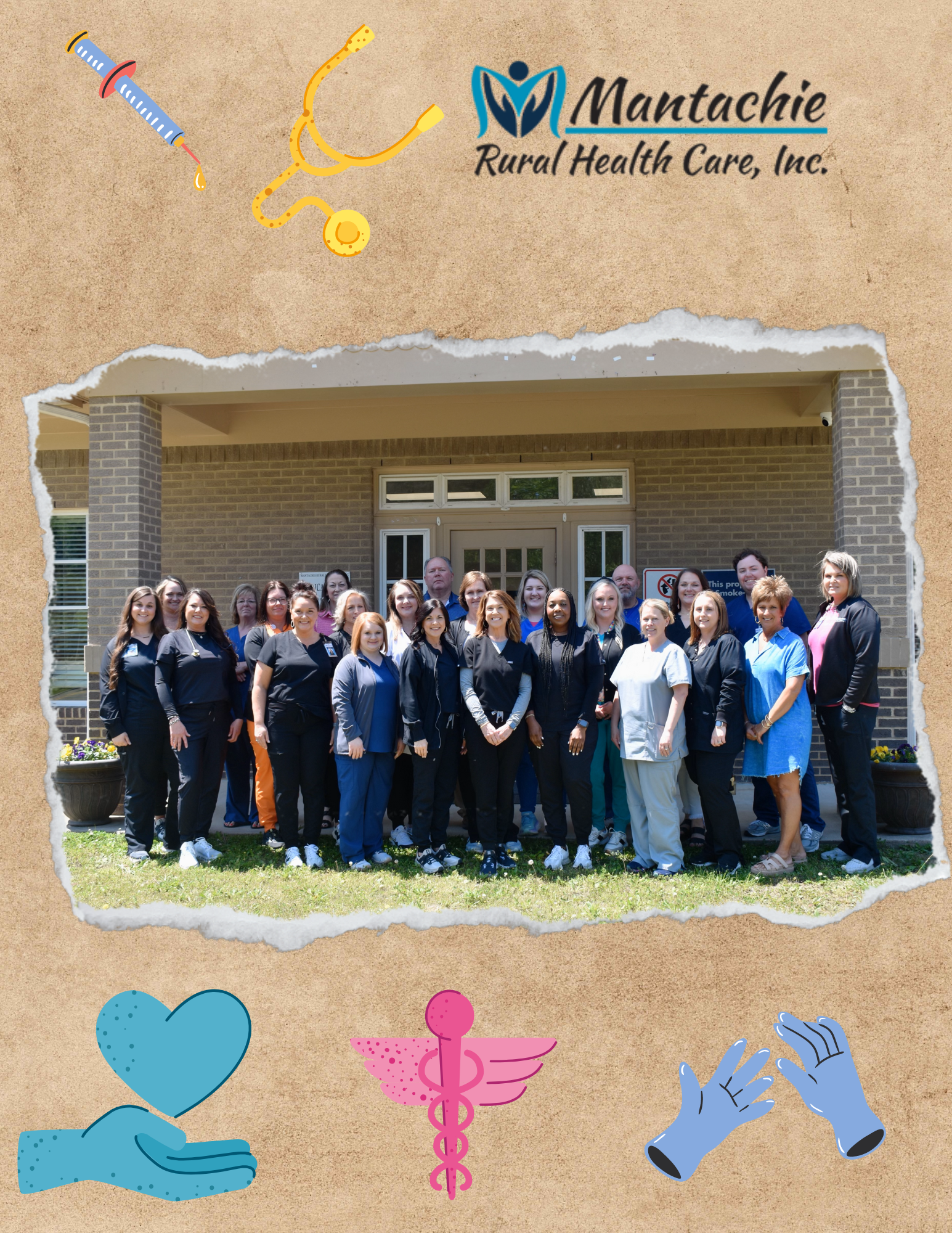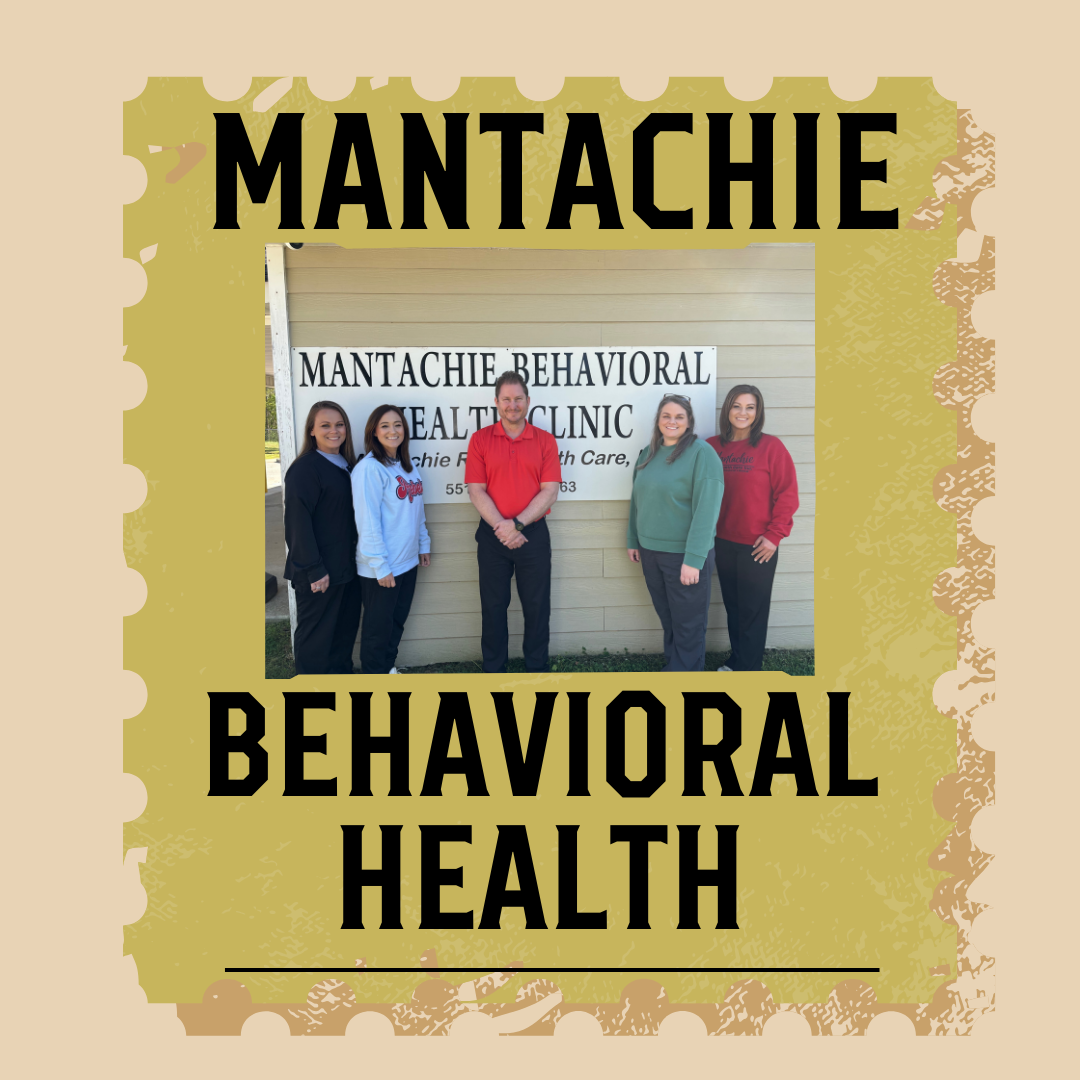
In early March middle-aged women across the U.S. mourned the loss of their teenaged heartthrob Luke Perry, who played Dylan McKay on Beverly Hills 90210 which aired from 1990-2000. Perry, 50, suffered a stroke a week prior to his death.
Think 50 is too young for a stroke? Think again.
Strokes in individuals 25-44 and 45 to 64 years old increased between 2000 and 2010 according to a report from the Journal of the American Heart Association. While the majority of strokes still happen in senior adults over the age of 65, those numbers decreased while the number of younger stroke patients rose.
Why are strokes increasing in younger patients?
Strokes fall into two categories: the most common Ischemic strokes and the more lethal Hemorrhagic strokes. Ischemic strokes happen when a clot blocks brain blood flow. Hemorrhagic come about when an artery in the brain leaks or bursts.
Risk factors such as a sedentary lifestyle, obesity, and consumption of processed foods take much of the blame for the increase in strokes in middle-aged adults.
Other reports give credit for the rise in hospitalizations for strokes to a generation more educated about the signs of a stroke. When middle-aged adults recognize a stroke is happening they are more likely to get to a hospital earlier which increases the chances for a positive outcome.
What are the signs of a stroke?
Since knowing the signs of a stroke are linked to faster response and improved results, let’s talk about what you may notice. The National Stroke Association makes it easy to remember: FAST
Face: Ask the person to smile. Does one side of their face droop?
Arms: Ask the person to hold out their arms. Does one arm drift downward?
Speech: Ask the person to repeat a simple phrase. Is their speech slurred or strange?
Time: Act quickly. Call 9-1-1 if the person shows any of these symptoms.
Symptoms associated with strokes include numbness on one side of the body, confusion or trouble speaking, vision trouble, balance or lack of coordination and sudden, severe headache.
How do I reduce my risk of stroke?
Twenty-five percent of people over the age of 25 will experience a stroke within their lifetime. Lifestyle changes are the number one way to decrease your risk of stroke. These changes do not include fad diets, but rather healthy eating habits you can sustain over your lifetime. In addition to eating more whole grains, lean meats and vegetables of many colors, adding consistent exercise to your routine helps combat the risks of stroke.
Keep regular wellness check-ups with your doctor where your blood pressure is monitored and your cholesterol is checked. And know your numbers: blood pressure, BMI, cholesterol and blood sugar.
We learned a lot from Luke Perry and the 90210 cast twenty years ago. Don’t miss this most recent lesson. You’re not too young for a stroke. If you’ve not scheduled your wellness exam for 2019 do it now. It might just save your life.





Speak Your Mind